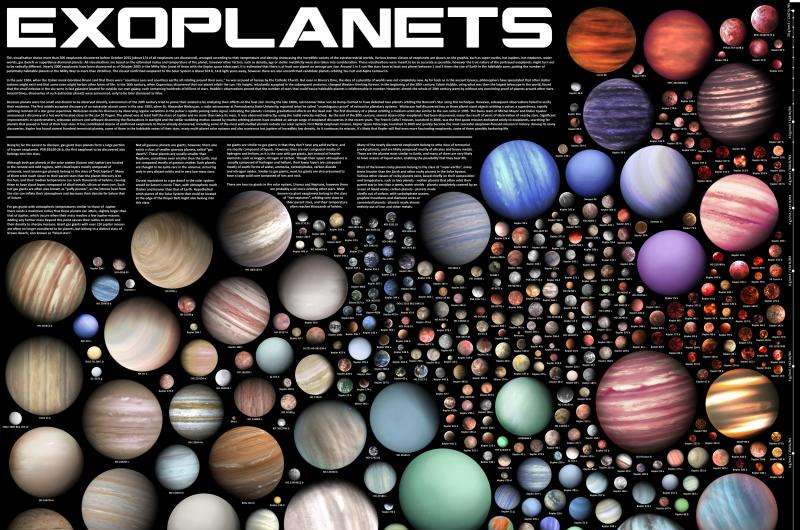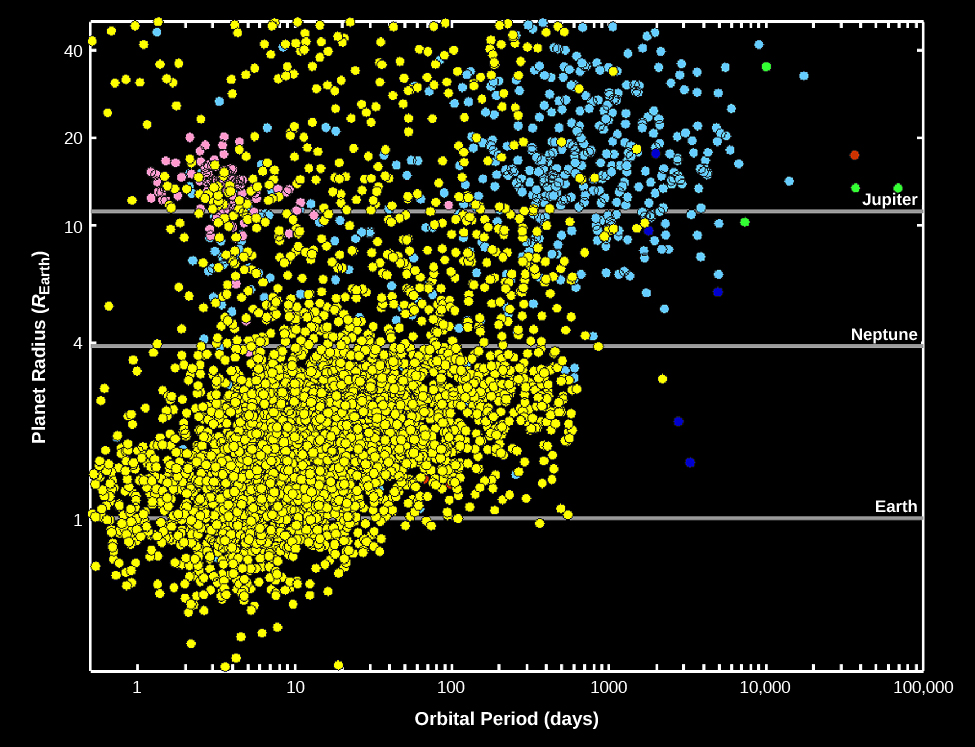
We discuss the formation pathways implied by these results in Section 4. The most important insights to the nature of sub‐Neptune planets have come from the statistical distribution of their radii and densities, which we review in Section 3. We discuss the early history of the discovery and nomenclature of these objects in Section 2. In this article we review the current state of knowledge of close‐in, sub‐Neptune size planets. See Winn ( 2018) for more on selection biases of exoplanet surveys. The area in the bottom right of the figure is mostly empty due to selection effects. Most of the planet candidates that Kepler discovered are smaller than Neptune and are likely to be real planets. The color of the points (the “Score”) is related to the estimated likelihood of being a true planet, where larger values indicate a higher likelihood.

Radii and orbital period for transiting planet candidates detected by Kepler from Thompson et al. ( 2018). Observations with upcoming facilities are expected to finally reveal the atmospheric compositions of these worlds, which are arguably the first fundamentally new type of planetary object identified from the study of exoplanets. However, most atmospheric characterization efforts have been confounded by aerosols. Atmospheric studies have the potential to break degeneracies in interior structure models and place additional constraints on the origins of these planets. As with the mass‐loss mechanism, there are two contenders for the origins of the solids in sub‐Neptune planets: the migration model involves the growth and migration of embryos from beyond the ice line, while the drift model involves inward‐drifting pebbles that coagulate to form planets close‐in. The mechanism that drives atmospheric loss for these planets remains an outstanding question, with photoevaporation and core‐powered mass loss being the prime candidates. Planets above the radius gap were able to retain their atmospheres (“gas‐rich super‐Earths”), while planets below the radius gap lost their atmospheres and are stripped cores (“true super‐Earths”). This bimodality suggests that sub‐Neptunes are mostly rocky planets that were born with primary atmospheres a few percent by mass accreted from the protoplanetary nebula. Results from NASA's Kepler mission have revealed a bimodality in the radius distribution of these objects, with a relative underabundance of planets between 1.5 and 2.0 R ⊕. The value of the mass of the sun is 1.98 times 10 to the eleventh newton's times meter squared, and so the mass of the star is 3.28 solar masses.Planets intermediate in size between the Earth and Neptune, and orbiting closer to their host stars than Mercury does the Sun, are the most common type of planet revealed by exoplanet surveys over the last quarter century. We have to square this to make sure that we don't get rid of the square time unit that we're trying to get rid of, because we know that there are 86400 seconds per day. Our constant g is in normal s, so we want that in seconds. It is equal to the third root of the stuff if a gonta does this up here. We want a bunch of unit conversions because of this. We're going to have to plug all the values that we have in if we rearrange all this stuff, because a is equal to the third root of t square times g times mass of the star divided by 4 pi squared. We don't really need what the solar radius is, but we do need the mass of the sun to be equal to 10 times the power. The mass of the sun is 1 mass of the star, so that's the mass of the sun. We don't have a temperature like a period of 10337 kelvin. We have some properties of the host stars that are equal to 63.90847 times the luminosity of the sun, so we should just write those down. We can use kepler's third law, which states that period squared is equal to 4 pi squared divided by the g times mass of the star times, if we find the planet's orbital radius.

This will help us with the distance of the planets. The dips on the actual graph are much thinner than on the graph, so they dip down to a value of 99.86 normalized flocks after 80 days and then go back up again. We have a base line that goes from 100 to 100 and then it goes back up. It's correct that the period was 290 days when you found out, and so for normal as well. We have days here and so you have already figured out the period because you see where the consecutive dips are and you subtract the larger dip from the first dip. We have a light curve for a star that we would like to figure out the planet's parameters based on.


 0 kommentar(er)
0 kommentar(er)
